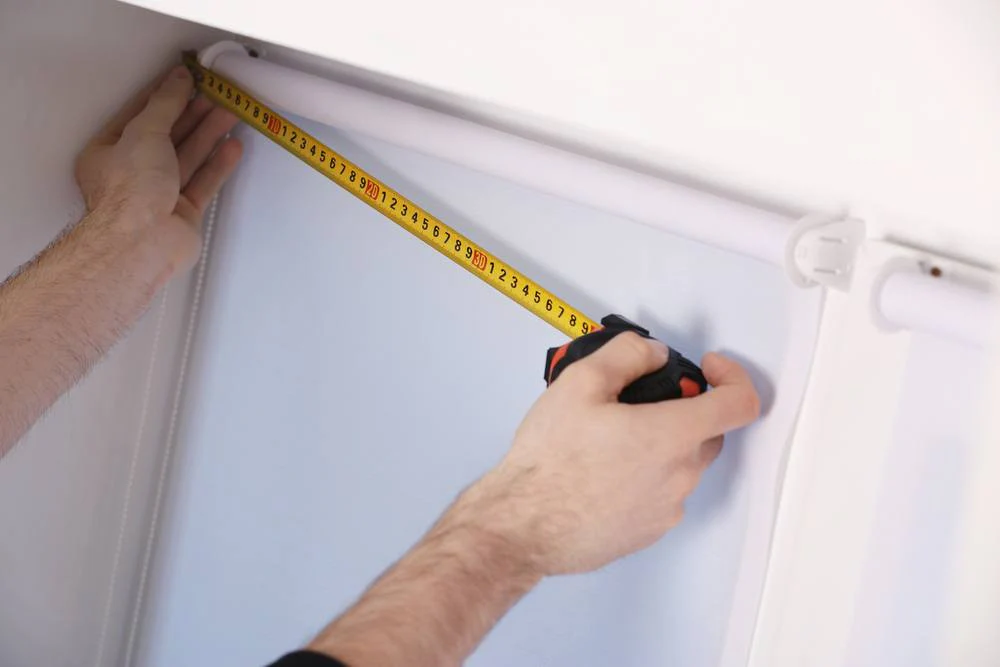Uncategorized
How to Measure for Blinds Online
Key Takeaways
- Accurate width, drop (length), and understanding window frame type are essential measurements.
- Decide whether blinds mount inside or outside the recess, as this affects sizing.
- Use metal tape measure, record to the nearest millimetre, measure at multiple points.
- Curtain Master’s online ordering requires precise measurements to ensure perfect fit and function.
Why Measuring Properly Matters
Curtain Master offers blinds built to order; errors in size lead to poor fit, light gaps, and troublesome installation.
Blinds that are too wide may rub against window sides; too narrow may allow glare or look unprofessional.
Drop that’s too long may snag or bunch; too short leaves unsightly gaps and ruins the look.
Tools You’ll Need
- A metal tape measure (firm, resistant to bends).
- Notepad or phone to record measurements.
- Step ladder for high windows.
- Helper for large or tall windows to hold tape level.
Understanding Mount Options
Inside Recess Mount
- Blind sits within window frame/recess, giving a clean, built-in look.
- Width must be taken at the top, middle, and bottom – narrowest will be specification.
- Depth of recess must be enough to accommodate blind components without obstruction.
Outside Recess Mount
- Blind covers frame and overlaps edges, providing more light blockage.
- Measure exact width you want covered, usually frame plus overlap on both sides.
- Same for drop: could include frame height plus desired overlap.
Step-by-Step Measurement Process
Measuring Width
- For inside mount: measure across the top, middle, bottom inside edge of recess.
- Record the narrowest measurement to ensure blind fits easily.
- For outside mount: measure width of area you want blind to cover plus extra for overlap (usually 50-100 mm each side).
Measuring Drop (Length)
- For inside mount: measure from top inside of recess (where blind sits) down to window sill or desired bottom point.
- Measure on left, centre, right; take longest measurement to avoid uneven look.
- For outside mount: measure from mount point above window (or frame) to desired end (sill, floor, or specified overlap).
Recording & Ordering Tips
- Always record width × drop in millimetres if required by Curtain Master.
- Round down slightly for inside recess options to prevent tight fits.
- Note any obstacles: handles, switches, security bars – may interfere with blind movement or fit.
- Choose control side (left or right) so cord or chain dangles where convenient and safe.
Common Blind Types & Measurement Nuances
Roller Blinds
- Mount brackets often sit a few millimetres beyond the fabric width; adjust accordingly.
- Fabric may sit slightly inside recess; choose inside vs outside accordingly.
Venetian Blinds / Slats
- Slat tilt and stack require depth clearance.
- Mounting inside recess may need clearance from obstructions to allow blinds to stack and tilt without rubbing.
Vertical Blinds
- Track length important: measure exact width to accommodate track.
- Drop must allow slats to clear sill, furniture or floor.
Safety & Function Considerations
- Ensure cords or chains do not pose a hazard; choose safety clips or child-proof options if required.
- For windows that open inwards, ensure blind does not interfere.
- Allow for operating clearance: control mechanisms should be accessible without strain.
Final Checklist Before Submission
- Verified width & drop measurements in 3 spots each for accuracy.
- Decided inside or outside mount.
- Noted any obstacles or obstructions.
- Selected control side of blind.
- Checked type of blind chosen and adjusted measurements based on depth, slats, tracks.
Curtain Master relies on your accurate measurements to deliver blinds that fit, function and enhance your windows with style.




